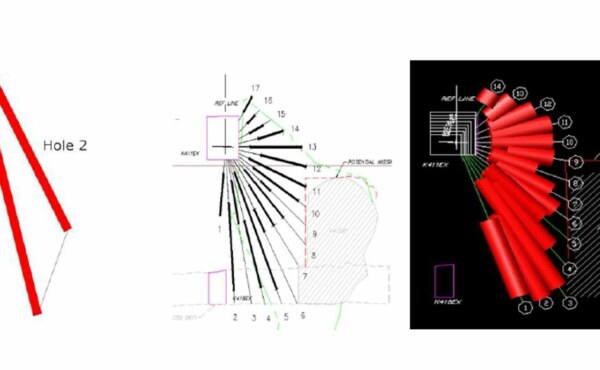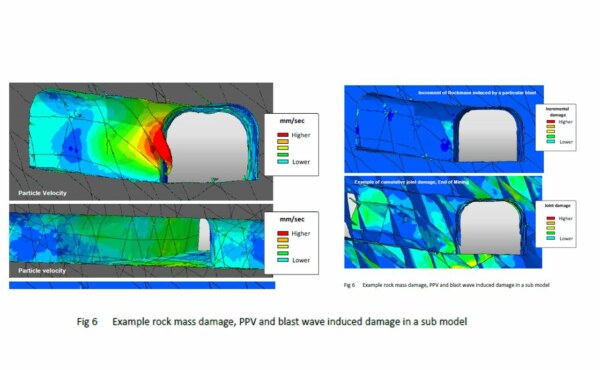Fire has historically being the biggest single cause of underground hardrock mining disasters and traditional primary ventilation systems and practices ...Read more
Mining Doc Latest Posts
Underground blasting operations are challenging from the standpoint of the distribution of explosives energy representative of ring blasting. Energy from ...Read more
Axial Initiation is a change in the geometry of the propagating detonation front resulting from a continuous det cord. What has ...Read more
The assessment of slope stability does not frequently account for the interaction between stress, rock mass damage and water pressure ...Read more
Open access to forecasts of mine performance by all members of the mine planning team, in the form of open ...Read more
Underground excavations are subjected to complex stress changes caused by nearby mining, but may also be affected by repeated dynamic ...Read more
Large deformations in deep mines occur due to the exposure of extensively damaged rock mass adjacent to an excavation. In ...Read more
With increasing depth, there will always be situations where stress, strength and structure combine to store energy in unstable ways ...Read more
This paper describes the use of Rate of Energy Release (RER) to assess the likelihood of mining induced seismic events. ...Read more
The measurement and management of deformation in underground excavations is a key responsibility of geotechnical and mining engineers. A critical ...Read more














